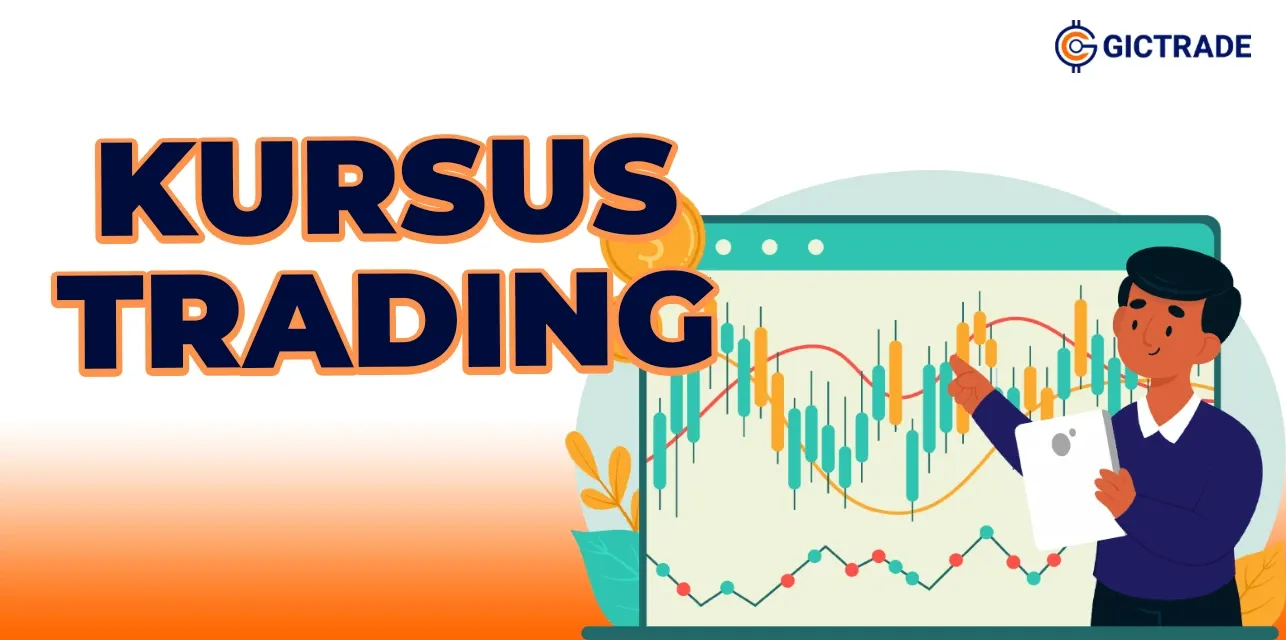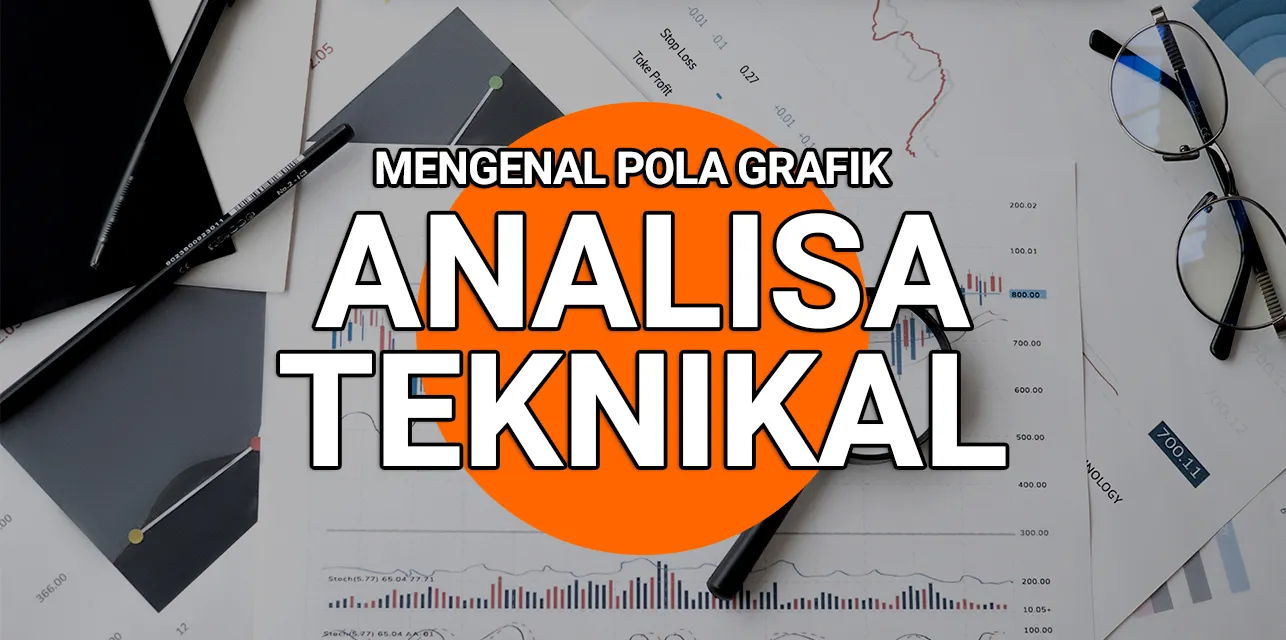Professional traders and market investors use pivot points to identify potential support and resistance levels. Simply put, pivot points and support/resistance levels are areas where price movement can change at any time. The reason many traders choose to use pivot points is due to the objective nature of this indicator when observing price movements.

Pivot points are similar to Fibonacci levels, but the difference is that Fibonacci still involves subjective judgment, especially when selecting Swing Highs and Swing Lows. On the other hand, pivot points can use the same method to calculate those movements.
Pivot points are especially useful for short-term traders looking to profit from small price movements. Like support and resistance levels, traders can choose to trade when a bounce or break occurs at these levels.
Range-bound traders use pivot points to identify reversal points. These traders view pivot points as areas where they can place buy or sell orders. Breakout traders use pivot points to identify key levels that need to be broken in order to recognize a true breakout move.
Below is an example of pivot points on a EUR/USD chart with a 1-hour timeframe. As we can see, support and resistance levels are placed on the chart. Here is a brief explanation of the acronyms on the chart:

- PP: Pivot Point
- S: Support
- R: Resistance
Pivot points and support/resistance levels are calculated using the open, high, low, and close of the last trading session. Here's the calculation for pivot points:
- Pivot Point (PP) = (High + Low + Close) / 3
The calculation of support and resistance levels from the pivot point formula is as follows: First support and resistance levels:
- First Resistance (R1) = (2 x PP) – Low
- First Support (S1) = (2 x PP) – High
- Second support and resistance levels:
- Second Resistance (R2) = PP + (High – Low)
- Second Support (S2) = PP – (High – Low)
- Third Resistance (R3) = High + 2(PP – Low)
- Third Support (S3) = Low – 2(High – PP)
Visit GIC Indonesia for information on the world of trading. You can also join us in the GIC Trade Telegram Community and the GIC Trade Telegram Channel. Don't forget to check out the GIC Indonesia YouTube account, which is full of useful information, and follow our Instagram account for details on various interesting webinars you can join.
 Last:
Last: 







